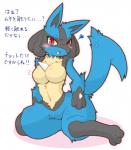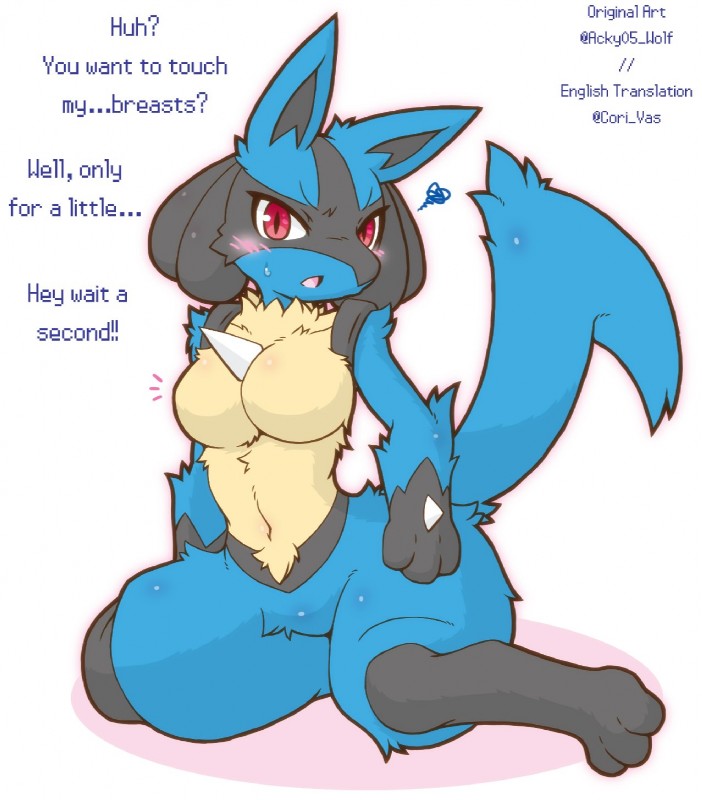
April 10th: The bill has been vetoed!
April 2nd: The politicians in Arizona are about to sign into law a bill that would mandate sites like e621 to either impose age verification on all users or be at a risk of lawsuits. Such system would be required to go through third party vendors, who in turn must go through a government database to verify every user's age. This is not only a major violation of privacy, but it also opens up a very real danger of identity theft through phishing schemes and other methods, not to mention that we would not be able to control any of that information to make sure it is permanently deleted after age verification is complete.
Unfortunately, Arizona is the state out of which e621 operates, which means that this law will almost certainly affect us if it is to pass. If want to help us ensure that this site can continue to serve you without being required to know who you are, please ask the Arizona governor to veto this bill.
Please, help us get the word out by letting others know about this issue.
For some further information on what the bill does have a look at https://action.freespeechcoalition.com/bill/arizona-hb-2586/
We still have a Discord server, come talk to us!
Want to advertise on e621? Click here!

[ Blacklist Help ]
You must be over the age of 18 and agree to the terms of service to access this page.
By default a limited blacklist has been applied hiding content that is commonly objected to. You may remove items from this blacklist by using the blacklist menu item.
user 290444
MemberThey are fluffy and many will die from fluffy.
Lafcadio
JanitorThis translation skips over the 「軽く触れるだけなら…」 line and adds one that wasn't even there in the original text.
CosmicMewtwo
MemberNot sure why it was translated this way (taking your word for it, since I can't read it myself), but the artist retweeted this post and thanked the translator. I don't know how well they speak/read English, but they seemed satisfied with it.
sergal239
MemberWhat are we waiting a second for i dont understand?
TeamYosh
Member"... who are you?"
Lafcadio
JanitorIt's very much a mistranslation, but without some kind of proof that the artist themselves can read English, I wouldn't take their approval as affirmation that this translation is correct.
軽く触れる is "to be touched lightly", だけ is something like the English "only"/"just", and なら is used to set a condition for the following text. Thus, "If they are only touched lightly". This phrasing is nowhere to be found in this upload, and has instead been replaced with "Well, only for a little...". This is incorrect because "for a little" suggests a temporal limitation on how much one is allowed to touch.
That translation more closely matches the third line in the Japanese version, which is チョットだけですからね. チョット here is "a little bit", だけ is, again, "only"/"just", and ですからね is the copula. On its own, チョット is perfectly fine to interpret as a command to wait, since Japanese tends to allow implicit context far more than English does. However, context for that word is already provided by the rest of the line, which shows that the text should instead be "then only for a little bit". We can link this to the second line since it trails off with the hypothetical なら, and interpret the combined phrases as "If they are touched only lightly, then only for a little bit."
However, the editor behind this image has chosen to interpret チョット as a command and ignore the entire rest of the sentence, inserting an entirely new line that is nowhere present in the original image.
hard_translations are discouraged from being uploaded for this very reason: mistranslations are a lot harder to correct when you can't just place a note over the original Japanese text.
LucarioPorniscoll
MemberGoogle Translate
Login to respond »